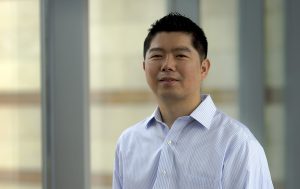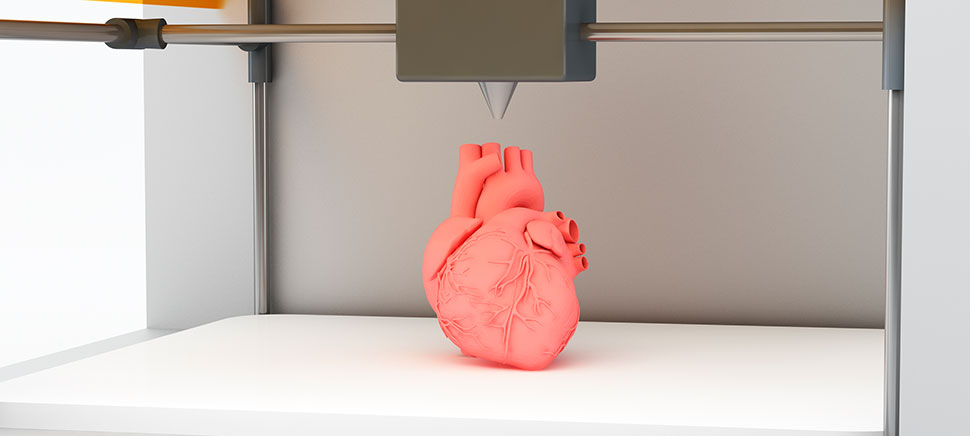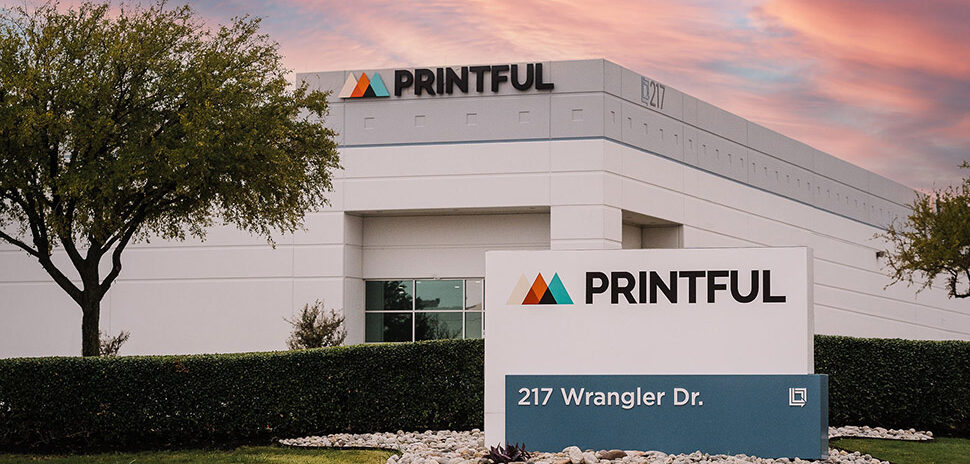While 3-D-printed human tissues and organs might make you think of Arnold Schwarzenegger’s character in The Terminator movie series, an assistant professor at the University of Texas at Arlington is working on a way to make the real thing possible.

Kyungsuk Yum is an assistant professor in the Materials Science and Engineering Department of UT Arlington’s College of Engineering. Photo Courtesy UT Arlington
Kyungsuk Yum, assistant professor in the Materials Science and Engineering Department of the university’s College of Engineering, has received a $100,000 grant from the National Science Foundation to develop nano composite hydrogel bioinks that can be used in printing human tissues and organs.
INKS ARE THE KEY TO PRINTING HUMAN TISSUE, ORGANS
A lack of good inks for 3-D printing is a barrier to creating human tissues and organs, according to a UTA news release.
The inks for bioprinting are very special. They must be 3-D printable and biocompatible, the release said.
The inks also must form to their intended shape and safely useable with living cells, UTA said. The current inks are mostly made from a polymer solution. The university said that because those inks are in a liquid state, it is hard to print 3-D human tissue that is self-supporting and of high resolution.
That’s because the bioinks spread and have weak mechanical properties.
“Our bioink will change its mechanical properties and become liquid-like when pressure is applied for printing, but revert to a solid-like material when that pressure is released after printing.”
Kyungsuk Yum
“Ideally, bioinks should be liquid-like during the printing process, but solid-like after. We are developing a nanocomposite bioink that incorporates carbon nanotubes,” Yum said in the release. “Our bioink will change its mechanical properties and become liquid-like when pressure is applied for printing, but revert to a solid-like material when that pressure is released after printing.”
Yum, who joined UTA’s faculty in 2013, said that human tissue and organs are very complex structures.
“If we’re successful, we’ll be able to print more complex, 3-D tissue structures with higher resolution that are more similar to those within our body,” he said. “From there, we can work to develop a new technology that will eventually lead to printing physiologically relevant 3-D tissues and ultimately working organs.”
Stathis Meletis, chair of UTA’s Materials Science and Engineering Department, said that Yum’s grant underscores UTA’s emphasis on health and the human condition contained within the university’s Strategic Plan 2020: Bold Solutions | Global Impact.
He said Yum’s research in materials science and engineering will have a big impact on the areas of bioengineering and biology.
“The broad application of his research can impact the future of the field, and it could change lives,” Meltis said. “UTA’s emphasis on innovation is already paying dividends.”
Yum also is a faculty affiliate of The University of Texas at Dallas and UT Southwestern Medical Center in Dallas.
More Reading on 3-D Printing:
Dialexa’s Tiny Wheelchair Gives Dog New Lease on Life
Not Sure Which DFW Makerspace Is Right For You? Here’s Your Guide
If You Can Dream It, You Can Make It at the Dallas Makerspace
Fort Worth Surgeon Uses 3-D Technology for Knee Replacement
For a daily dose of what’s new and next in Dallas-Fort Worth innovation, subscribe to our Dallas Innovates e-newsletter.






























